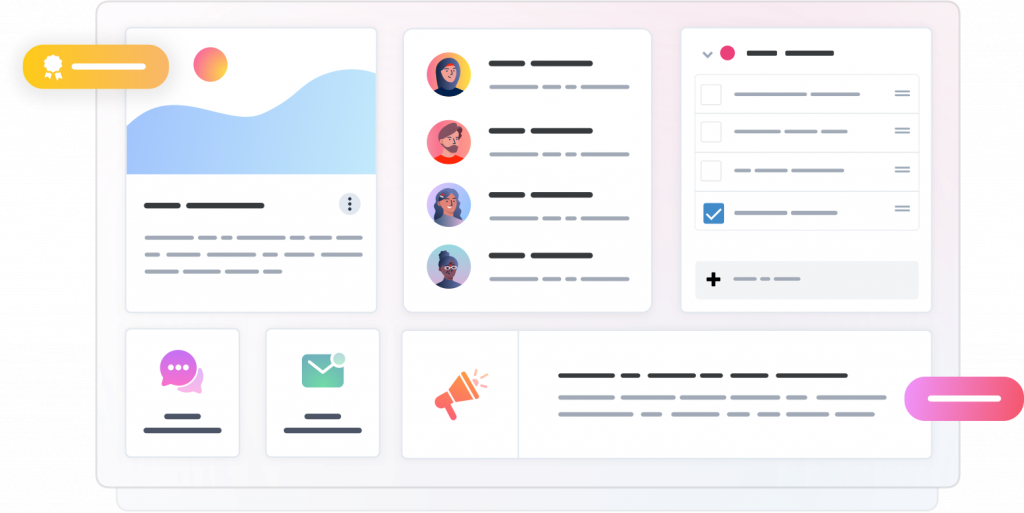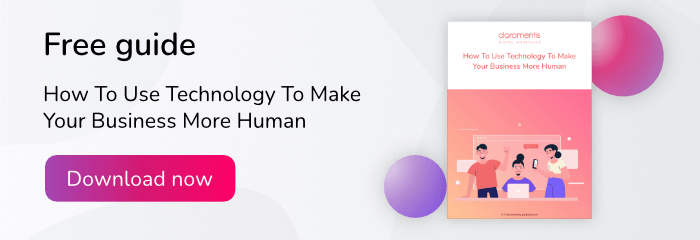These days there’s an app for just about anything, each one aiming to solve an everyday problem. In the business world especially, apps which promise to improve communication, efficiency, or productivity are plentiful. But do they actually help?
We wrote some time ago about how multi-purpose apps should be integrated into one single platform wherever possible, and this still stands true today. The oversaturation of software only solving a single business problem is in itself becoming an issue. When a company has multiple single purpose apps for each and every area of the business, it becomes counterproductive – and we’re not the only ones who have noticed.
A blog on TNW summed-up the situation pretty accurately, even claiming that “single purpose apps are dead”. According to writer Jon Lee, the issue stems from the focus on apps being over-specialised, leading to a reliance on multiple platforms to solve the multiple challenges that businesses face. Ultimately, an app with one focal point is misunderstanding the fact that businesses need a multi-faceted solution to meet their demands.
Why are separate apps a problem?
Admittedly, single apps are good at what they do. Take Slack for example; it’s a great messaging app for staff to communicate with each other across the business, whether they are based in the office or remotely. You can also share files and integrate with other third-party apps to trigger automated notifications.
But that’s where the functionality ends.
Where are the tools that help project management, HR processes, and staff training? Where is the space to enhance knowledge sharing, manage employee records, and calendar management?
The fact is, if businesses are having to utilise a wide variety of single purpose apps to solve all their problems, it creates a fragmented user experience. Each app has its own proprietary features, each requiring training, creating a huge overhead of time for everyone involved.
Staff also have to constantly switch between each and every app, breaking the flow of productivity. It takes the average person 4 minutes to recover from an interruption and continue with what they were doing, so if staff are being distracted by a myriad of different apps, then productivity is going to take a massive hit.

Feeling a bit like this when app-switching? 🤯
What’s the difference between a multi purpose app and a single app?
The difference between multiple single purpose apps and an integrated multi-purpose platform is huge. For starters, everything is in one place, so the need to flip between apps is gone. With everything in a single digital workspace, productivity can start to be streamlined again, as attention is focused on one area rather than spread across many.
Why are multi-purpose apps better?
Firstly, training needs are greatly reduced, as staff will only have to learn the ropes of one platform. That means employees can actually concentrate on doing their job, rather than learning how to use various complex systems at any given time.
From a financial point of view, investing in a single integrated platform makes more sense than purchasing multiple apps. With the growing popularity of SaaS solutions, apps are often sold on a subscription basis, meaning you could be left paying several monthly fees. Whilst this may on the surface seem like spreading the cost, in reality you could be stuck with long contracts and end up paying more for features that you don’t necessarily need.
Of course, the biggest advantage of multi-purpose software is its ability to solve a variety of business problems in one place. Integrated platforms have been built on the understanding that businesses have an array of challenges to navigate. It’s simply not enough to provide an app that has one purpose; businesses require a suite of tools to facilitate all areas of working, from something as simple as storing employee details to full-on project management.

Everything is in one place when you have an integrated multi-purpose platform 👍
And because all the tools are within the same digital workplace, so too is the data, avoiding the need for duplicate work. For example, if staff had to use a separate app for calendar management, communication, and employee absences, then reporting staff sickness would be a laborious three-pronged process. The member of staff would need to email their manager to let them know they were sick; the manager would have to inform HR, who would then update the calendar; and finally HR would need to report the absence in whatever app or spreadsheet they use. But by using an integrated digital workplace, all of this could be achieved in a couple of clicks, with all parties notified automatically.
It’s clear that both businesses and the software that support them are rapidly evolving. What’s vital is that they evolve together, to ensure that employees get the help they need to get their job done – and multi-purpose systems make it easy to achieve that.

![[FREE GUIDE] How To Use Technology To Make Your Business More Human](https://no-cache.hubspot.com/cta/default/5025095/58db784b-ad98-4594-8338-0be62e3c2e90.png)




